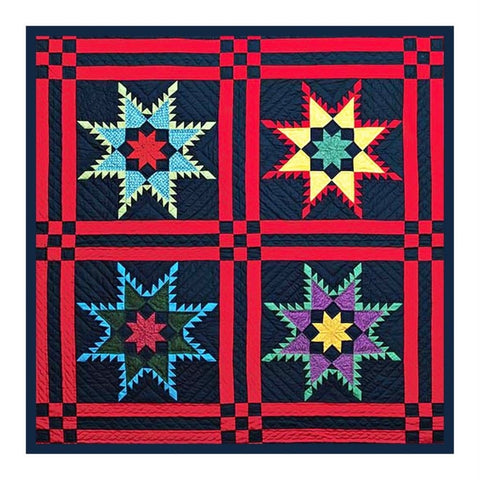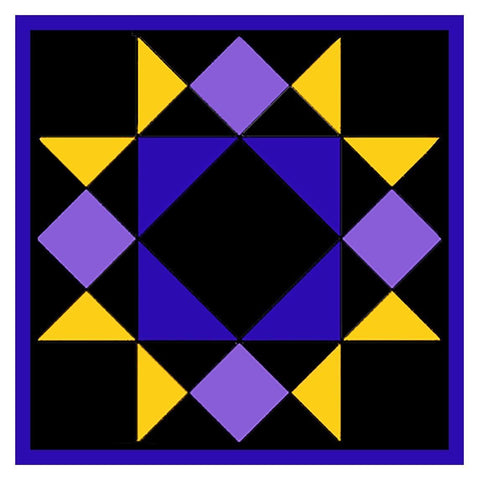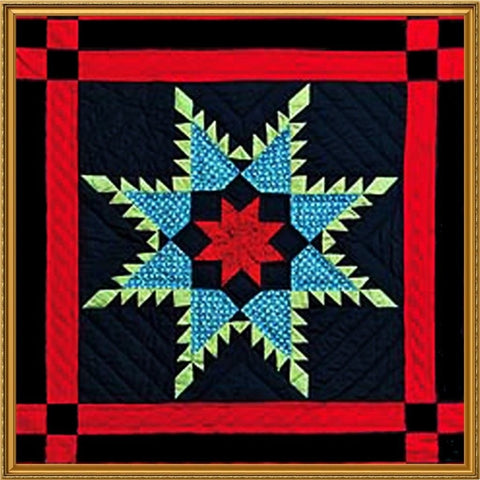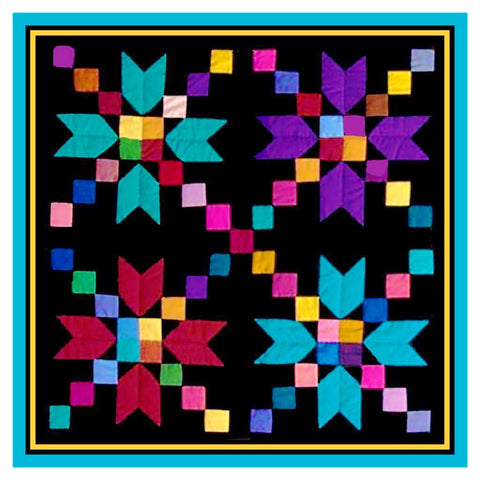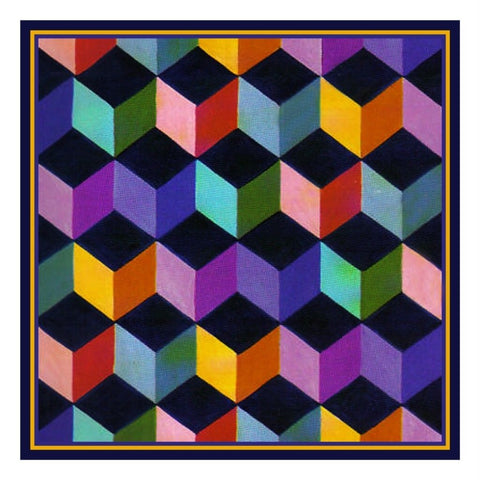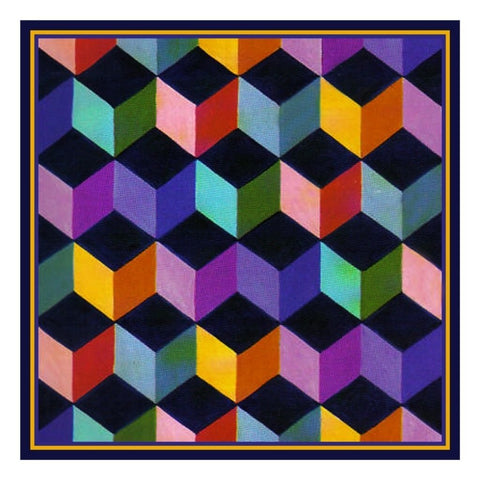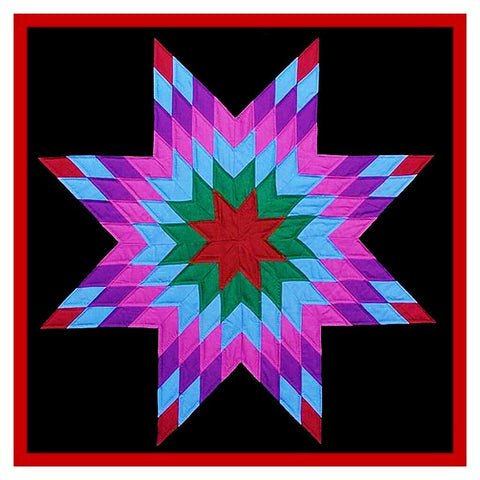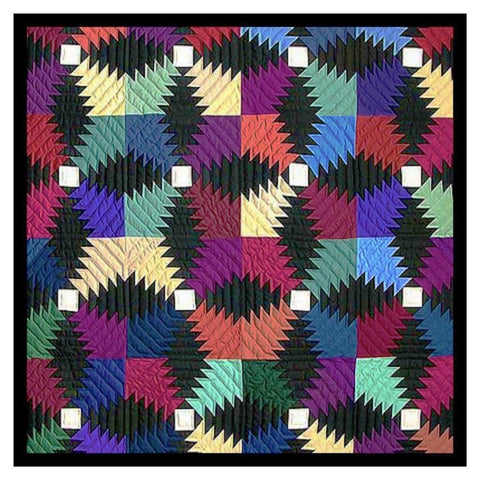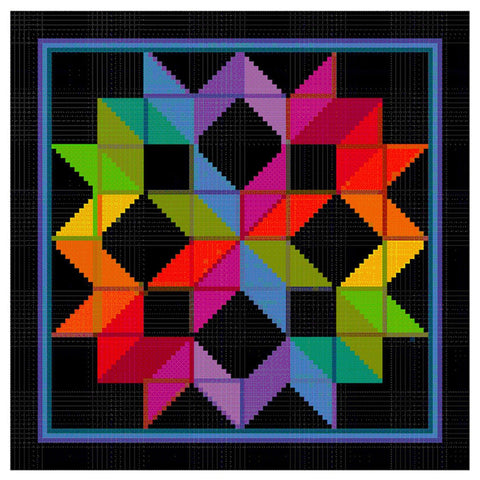- This product is a Digital Download of a COUNTED CROSS STITCH PATTERN. Instructions included.
- This pattern is used to sew and create a cross stitch picture.
- This is NOT a completed product. It is NOT a kit, it is a DIGITAL DOWNLOAD. Floss, fabric, and other supplies are NOT INCLUDED.
- After purchasing you can work from this digital pattern on your device or print the pattern on your own printer.
- The pattern consists of a multi-page enlarged chart that is easy to follow as you work.
- This pattern is in Black and White and uses symbols to differentiate the different threads you will use. It is NOT IN COLOR.
- See the detailed product images attached to this listing showing what you will receive and what the pattern looks like.
- Chart/Patterns use up to 40 colors of floss, which YOU must provide.
- This pattern uses Full Stitches only. No half stitches, and no backstitching necessary.
- Charted for 14 count/grid fabric and DMC Cotton Floss. Finished Size is: 14 inches (196 Stitches) by 14 inches (196 Stitches) when stitched on 14 Grid/Count Fabric.
Inspired by a beautiful quit. Amish quilts are reflections of the Amish way of life. As a part of their religious commitment, Amish people have chosen to reject "worldly" elements in their dress and lifestyle, their quilts reflect this. Traditionally, they use only solid colors in their clothing and the quilts they intend for their own use, in colors that were approved by their local religious leaders. Early Amish quilts were typically made of light weight wool fabric, off the same bolts of fabric used for family clothing items. Black is a dominant color, in the oldest Amish quilt styles, particularly in quilts made in Eastern Pennsylvania. Although classic Amish quilts appear austere from a distance, the craftsmanship is often of the highest quality and the lush quilting patterns, that contrast with the plain background. Antique Amish quilts are among the most highly prized among collectors and quilting enthusiasts. The quilts created by Amish people in the early period reflect their strong, internal cultural influences, that were to some degree separate from the non-Amish culture around them. The color combinations can help experts determine the community in which the quilt was produced. Many consider these quilts the "art" of the Amish.


![[product_title] - Orenco Originals LLC Counted Cross Stitch](http://www.orencooriginals.net/cdn/shop/products/14x14OrencoOriginalsLLCGeometricCarpentersWheelInspiredbyAmishQuiltSTITCHED_ec0ff683-ee12-418f-ab4f-54a3dfdc2e4a_1024x1024.jpg?v=1599024700)
![[product_title] - Orenco Originals LLC Counted Cross Stitch](http://www.orencooriginals.net/cdn/shop/products/14x14OrencoOriginalsLLCGeometricCarpentersWheelInspiredbyAmishQuiltSTITCHED_ec0ff683-ee12-418f-ab4f-54a3dfdc2e4a_medium.jpg?v=1599024700)
![[product_title] - Orenco Originals LLC Counted Cross Stitch](http://www.orencooriginals.net/cdn/shop/products/ChartExample_-_Copy_-_Copy_-_Copy_1_-_Copy_e0451b0f-191c-4a13-a468-3cac7b6e2fa5_medium.jpg?v=1599024700)
![[product_title] - Orenco Originals LLC Counted Cross Stitch](http://www.orencooriginals.net/cdn/shop/products/ChartExample_-_Copy_-_Copy_-_Copy_2_-_Copy_9b1352df-d885-4543-a23b-1403371d0e08_medium.jpg?v=1599024700)
![[product_title] - Orenco Originals LLC Counted Cross Stitch](http://www.orencooriginals.net/cdn/shop/products/ChartExample_-_Copy_-_Copy_-_Copy_3_f8cbce11-40a2-426d-94ce-5d69fcae90ba_medium.jpg?v=1599024700)
![[product_title] - Orenco Originals LLC Counted Cross Stitch](http://www.orencooriginals.net/cdn/shop/products/ChartExample_-_Copy_-_Copy_-_Copy_4_80683b0a-4e0c-47cd-b88e-87978cd4be0c_medium.jpg?v=1599024701)
